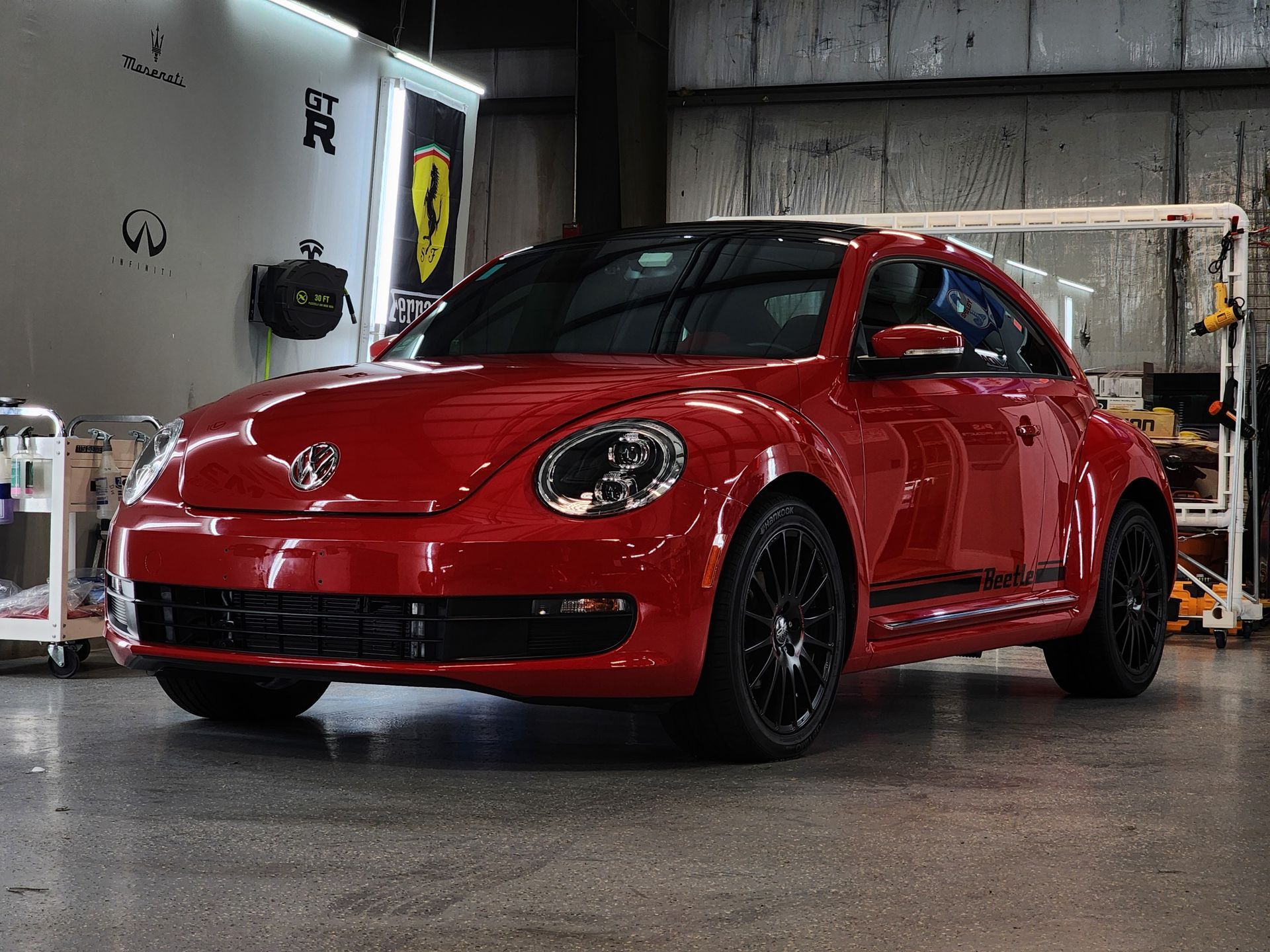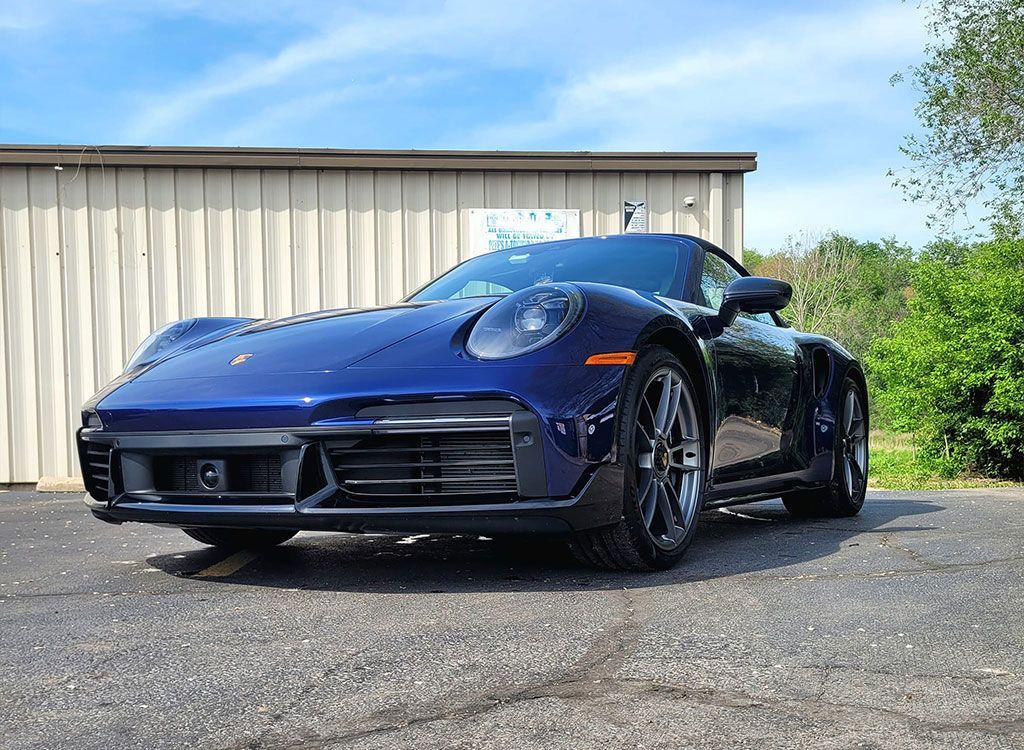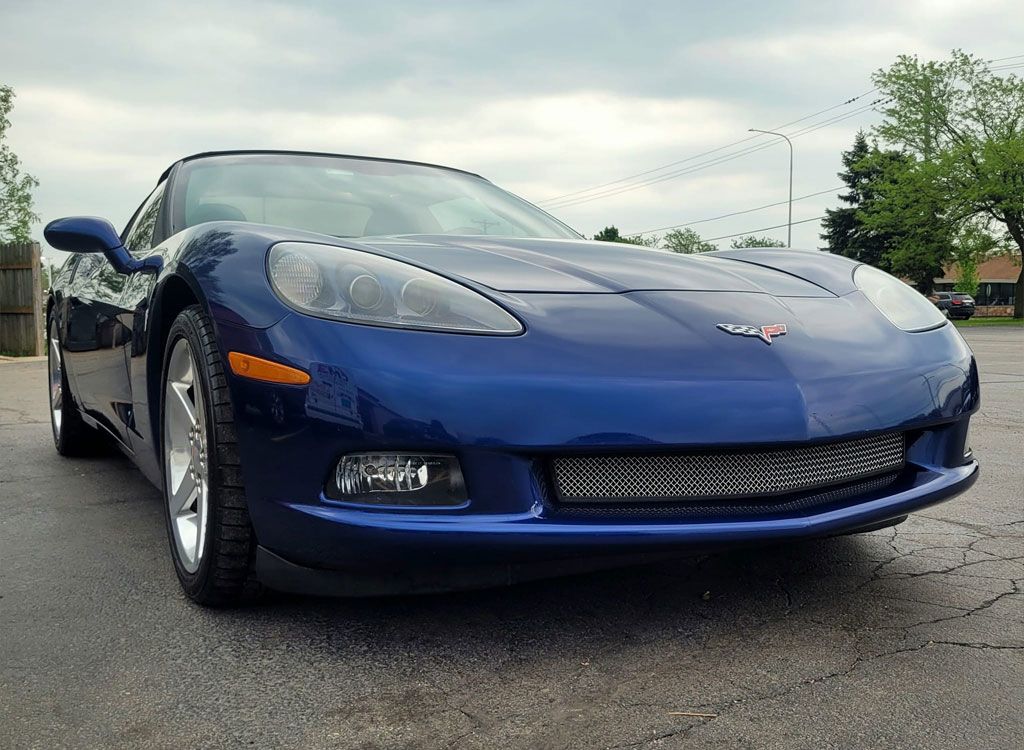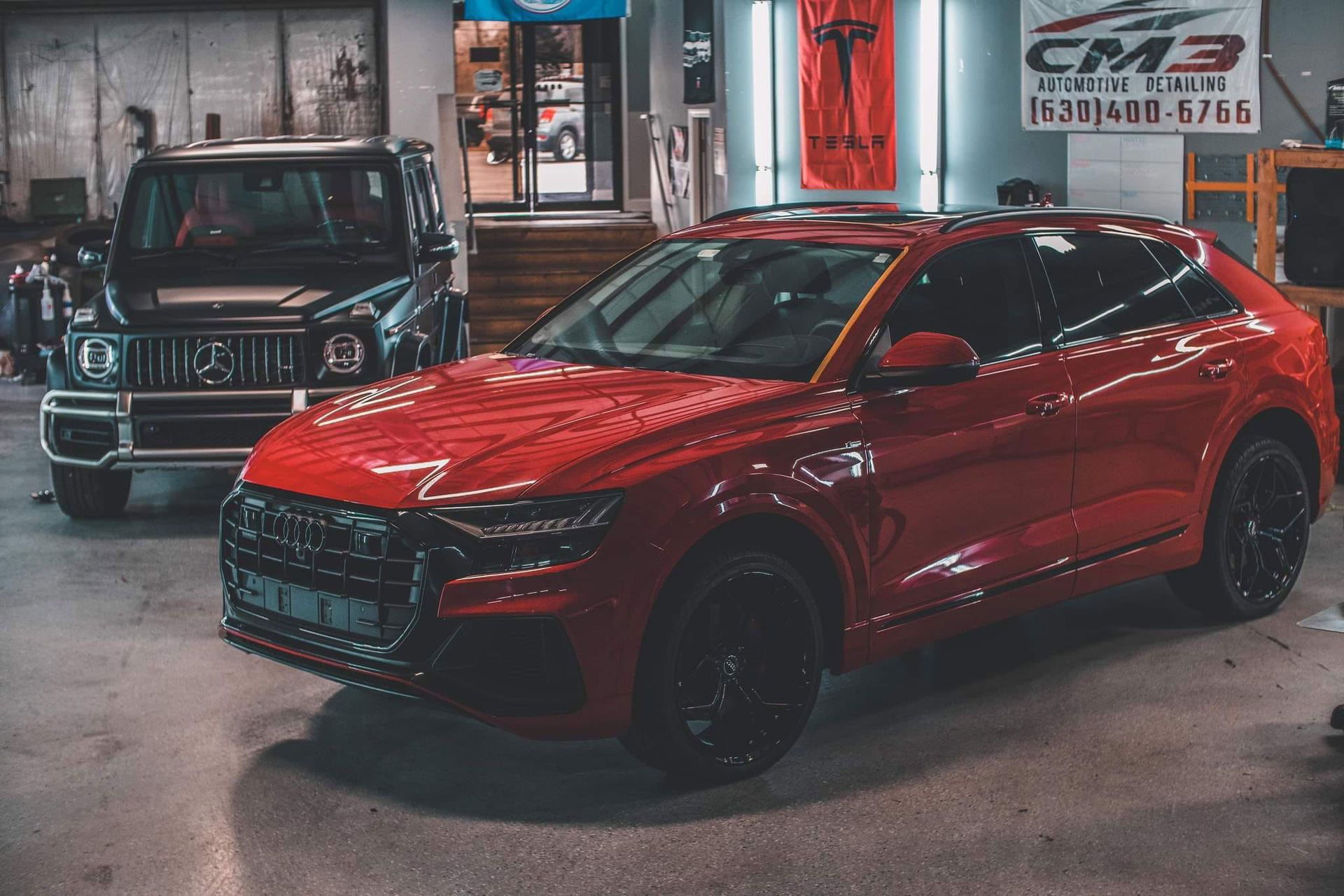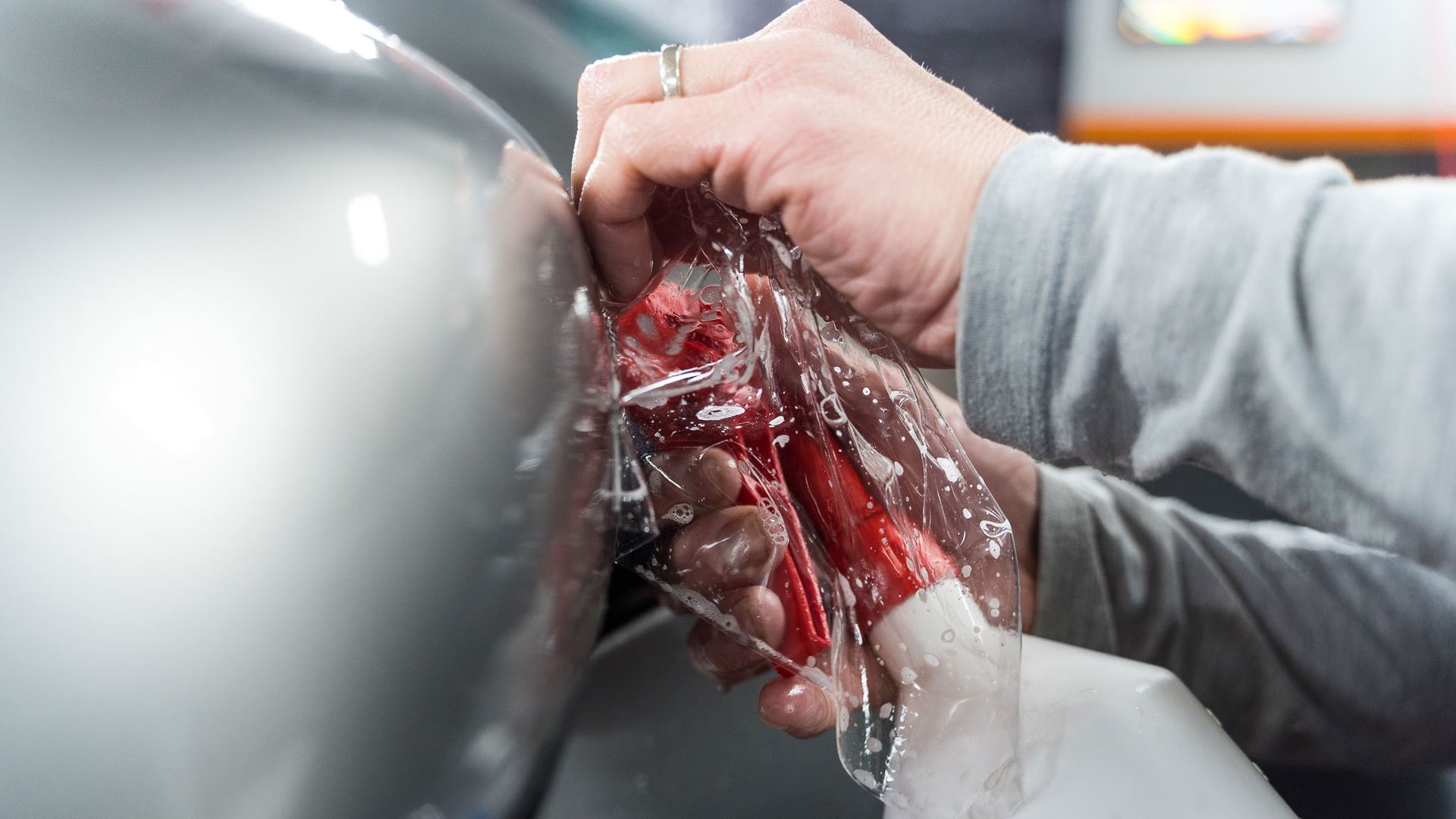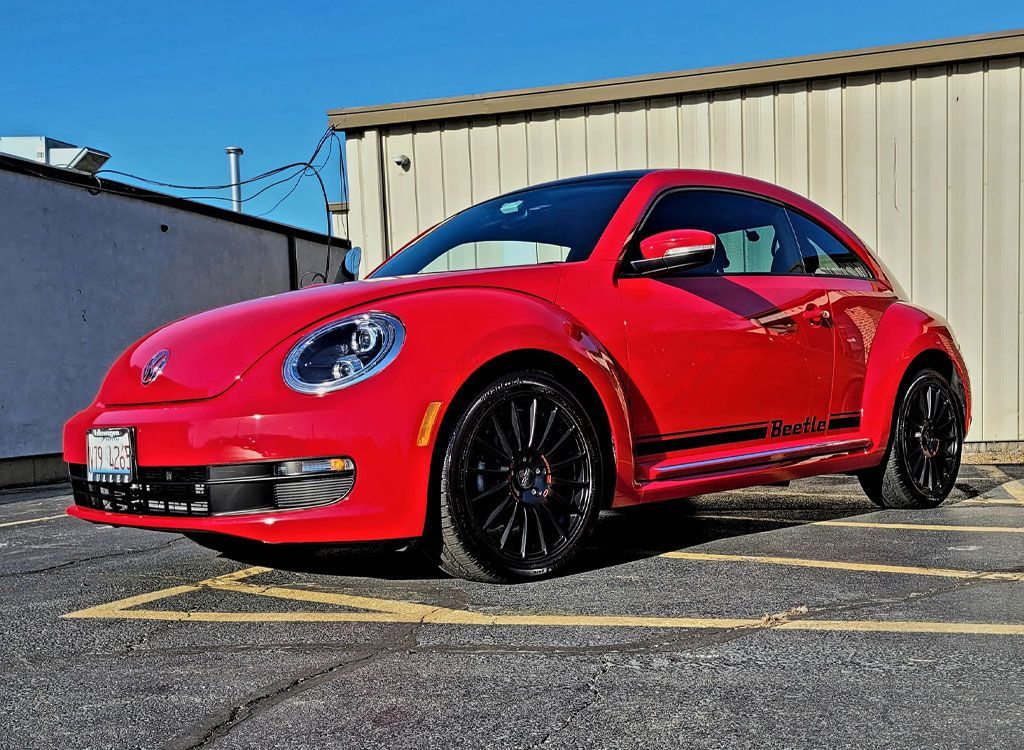Are Ceramic Coatings Safe for Older or Classic Cars? Understanding Their Protection Benefits
When it comes to caring for older or classic cars, many enthusiasts dive deep into preserving both the appearance and integrity of their prized possessions. But with so much information out there, a common question arises: Are ceramic coatings a safe bet for these beloved vintage rides? The good news is that ceramic coatings can provide excellent protection while enhancing a car's look. They work by forming a durable barrier against elements like UV rays and dirt, which can cause significant damage over time. However, it's important to address any existing paint issues first, as the age of these vehicles means they might come with their own unique challenges.
Yes, ceramic coatings are generally safe for older or classic cars as they provide a protective layer against environmental damage, enhance the vehicle's appearance, and simplify maintenance. However, it is essential to address any significant fading before application to ensure optimal results and avoid potential issues.
Are Ceramic Coatings Safe for Older or Classic Cars?
Ceramic coatings offer a modern approach to car protection, but many classic car enthusiasts worry about their compatibility with vintage finishes. While these coatings can rejuvenate the surface of older vehicles, they will not restore significant fading inherent in aging paint jobs. Understanding how a ceramic coating interacts with classic paint is essential for any collector.
- The Protective Benefits: One of the primary advantages of applying a ceramic coating is its ability to shield against environmental damage. These coatings create a strong barrier that repels dirt, grime, and harmful UV rays, which can lead to rust and corrosion over time. For classic cars that spend time indoors and out, this layer of protection can be invaluable. Ceramic coatings provide up to 99% protection against UV rays, significantly reducing the chances of paint degradation compared to traditional wax treatments, which offer minimal UV defense. Furthermore, the application of ceramic coatings ensures a high level of durability that can withstand time, yet regular upkeep remains necessary.
- Maintenance Considerations: Regular maintenance becomes essential after applying a ceramic coating. While these coatings can last anywhere from two to five years, their effectiveness diminishes with time and exposure. A periodic reapplication is advisable for sustained benefits, ensuring your beloved classic car retains its luster and protective qualities. Professionals often recommend reapplying every two years, especially if the vehicle has encountered extreme weather conditions or frequent use. Neglecting this step can result in diminished protective attributes as wear and tear take place.
- Protecting Originality: Addressing another common concern among classic car owners, it's vital to mention that ceramic coatings are designed not to alter the original aesthetics of your classic ride. Instead, they preserve and enhance appearance by providing a glossy finish that accentuates color depth without masking wear's character. Some enthusiasts fear the shiny surface may clash with the vintage look; however, many report an appealing contrast that brings out the car’s historical beauty rather than obscuring it.
- Application Considerations: For anyone considering ceramic coatings for their cherished classic cars, opting for quality products backed by professional application is key. Trusted brands have developed reputable coatings known for long-lasting effectiveness. Over the years, DIY options have also gained traction; however, they require proper preparation and knowledge for optimal results.
Always consult professionals who specialize in classic vehicles before making decisions about treatments put onto your prized possession. The last thing you'd want is to diminish the very essence of what makes your car special!
How Ceramic Coatings Work
Ceramic coatings are much more than a simple layer of protection; they are sophisticated liquid polymers that create a strong chemical bond with your car's factory paint. This bond forms a protective barrier that stands up against a myriad of environmental threats. Imagine this layer as an invisible shield, guarding your beloved classic car from pesky contaminants like tree sap, bird droppings, and dirt that can dull its finish over time. When you apply a ceramic coating, you are essentially introducing advanced technology to your vehicle's care regimen. It works by filling in the microscopic imperfections on the surface of the paint, leading to a significantly smoother finish. This smoothness allows water and grime to slough right off rather than cling stubbornly to the surface. The hydrophobic properties encourage water to bead up and roll off, making regular cleaning simpler and less frequent—saving you time and energy in the long run.
A properly applied ceramic coating can increase hardness by up to 9H on the pencil hardness scale, offering impressive resistance to surface wear—a valuable benefit for older vehicles with more delicate paintwork. While the technology behind ceramic coatings may sound complex, the real-world advantages are clear: reduced need for frequent washing and extended paint longevity. These coatings are designed to endure extreme weather conditions without degrading and can withstand temperatures up to 1,500°F (800°C), protecting classic cars from heat-induced damage and environmental contaminants. However, while ceramic coatings provide a strong protective barrier, they do not correct existing imperfections such as oxidation or deep paint defects. Proper surface preparation is essential before application to ensure the best results. Since ceramic coatings are not permanent, periodic reapplication helps maintain their protective qualities and that desirable, long-lasting gloss.
Benefits for Classic Car Owners
One of the most compelling reasons for classic car owners to consider ceramic coatings lies in the combination of enhanced appearance and protection. Imagine unveiling your beloved classic at a car show, with the paint gleaming under bright sunlight, its original color sharper and more vivid than you've seen in years. Ceramic coatings rejuvenate automotive finishes, breathing new life into older cars by enhancing depth of color and providing an enviable shine that lasts significantly longer than traditional waxes. The glossy finish achieved through these coatings isn't just about aesthetics. It forms a protective shield over the car's surface, guarding against harmful environmental factors like UV rays, which can cause fading and deterioration over time. UV exposure doesn't just alter the paint's hue; it silently diminishes its integrity. Owners often report that after applying a ceramic coating, their vehicles withstand nature’s onslaught, keeping rust and corrosion at bay—an essential consideration for preserving the value of a classic. Maintenance is drastically simplified with a ceramic coating. Its hydrophobic properties ensure that water beads up and rolls off effortlessly. Dust, dirt, and grime find it difficult to cling to the surface, making routine cleaning easier than ever. For many classic car enthusiasts who relish both driving and displaying their vehicles, this ease of maintenance saves time and effort during detailing sessions.
Challenges with Older Paint
One of the first considerations with older cars is how sensitive their paint can be. Unlike modern automotive finishes, which are designed to withstand the rigors of time and various applications, older paint can show signs of age-related wear like cracking, fading, and peeling. This type of paint often requires a more delicate touch during any form of maintenance or enhancement. Older paint can sometimes contain lead or other compounds that may interact negatively with new materials like ceramic coatings. The chemical makeup of these coatings isn’t always compatible with vintage finishes. Therefore, before committing to a ceramic application, it’s vital to conduct an assessment of the paint's condition. It's important to highlight the contrasting views within the community. While some enthusiasts argue that ceramic coatings provide superior protection for classic vehicles, many professional detailers caution against their use due to potential bonding issues. They emphasize that if proper surface preparation isn't performed, the coating may not adhere effectively, leading to premature failure.
A common practice in preparation is to ensure any significant fading or defects in the outer layer are rectified first. This step transformed the vehicle from dull to dazzling before the final layer was applied. Additionally, one must consider reapplication frequency. Ceramic coatings are not one-time applications; they may wear off over time, particularly on surfaces that have become compromised due to age or damage. Failing to heed such warnings can result in wasted effort and money—hardly ideal for a cherished classic car. Understanding these challenges illustrates the need for proper evaluation and preparation when dealing with older paint; this careful strategy ultimately allows you to harness modern protective benefits while respecting the vehicle's integrity.
Professional vs. DIY Application
Professional applications of ceramic coatings are more than just a luxury; they're an investment in your vehicle's longevity. Typically, hiring a professional will set you back around $1,500–$2,000. The price may seem steep, but it offers several key advantages. Firstly, professional technicians offer invaluable expertise and experience. They know how to thoroughly prepare the surface of your car by removing contaminants, correcting paint imperfections, and ensuring optimal bonding for the coating itself. More importantly, they usually offer warranties on their work, giving you peace of mind knowing your car is covered if anything goes wrong. Picture this: A skilled technician meticulously examines your classic car, taking extra care as they pre-treat the paint surface.
In contrast to a rushed DIY job, their thorough attention ensures that every inch of your vehicle gets the proper care it deserves. This procedure maximizes the effectiveness of the coating and significantly extends its lifespan. If you're seeking a more cost-effective solution, you can find many high-quality DIY kits. However, achieving results akin to those from a professional requires diligence. You must follow detailed instructions closely and pay particular attention to surface preparation; this step cannot be overlooked if you want optimal performance from your kit.
The choice between going professional or tackling this project yourself hinges largely on your budget, time availability, and skill level. Both options have merit but come with different expectations regarding results and required effort.
Expert Tips for Best Results
To truly maximize the benefits of ceramic coatings on classic cars, careful attention to detail is essential. It all starts with thorough cleaning. This means washing the car not just with any soap but using a high-quality pH-neutral shampoo that will rid the surface of dirt without damaging the paint. Make sure to include a clay bar treatment in this process to remove any stubborn contaminants like tree sap or bonded dirt. This step ensures a pristine surface that's ready for bonding, setting the stage for optimal adhesion. After you've ensured your car is spotless, you need to turn your focus toward proper surface preparation. Inspect the paint closely for imperfections like scratches or swirl marks. These blemishes not only affect the aesthetic but can also impact how well the ceramic coating adheres.
Polishing these areas smooths out the surface and provides a flawless canvas for the coating. Naturally, a crucial component to consider is the environment in which you're applying the coating. It is best done in a controlled environment—preferably inside a clean garage or shop that has minimal dust interaction. The goal is to avoid debris from settling on your freshly coated vehicle. Even tiny particles can mar the finish and lead to more work down the line. According to professionals in vehicle detailing, applying it in a controlled setting can enhance coating durability by up to 30%. Clearly, this investment of time and effort reaps rewards. Following through with careful adherence to instructions is essential as well. Whether you opt for a DIY approach or hire professionals, each ceramic coating kit comes with specific guidelines designed for best results. Ignoring them can lead to subpar performance or short-lived results. Careful attention at this stage translates not just into a beautiful appearance; it fosters long-lasting protection against environmental hazards.
Exceptional Ceramic Coating Services in Elgin, IL
Protect your vehicle with the long-lasting brilliance of ceramic coating from CM3 Detailing Studio & Ceramic Coating in Elgin, IL. Our
expertly applied coatings form a durable, hydrophobic layer that defends against UV rays, dirt, and harsh weather while making routine maintenance easier than ever. Whether you want to preserve a daily driver or showcase a prized ride, our team ensures your paint stays glossy and shielded for years.
Schedule your ceramic coating service
today and drive with confidence—rain or shine!
CM3 Blog
